‘I See You’ book review: Fast-paced but fizzles out
British author Clare Mackintosh is a former police officer who seems to know what she is writing about in her novel ‘I See You’, a crime thriller set in the elaborate labyrinth that is the London underground. Many scenes jump off the page and feel very real. It’s almost like watching a crime drama series. But, for me, the ending was a letdown despite the numerous twists and turns. It felt a little clumsy. As if the author couldn’t decide what to do, which direction to take. It makes for a rushed and a little unbelievable ending. If you are someone who’s read or watched a lot of crime stories, you can sense where things are headed.
Zoe Walker is 40 and divorced with a son (22) and a daughter (19). Her boyfriend, Simon, lives with them but her children don’t like him much. It doesn’t help that Zoe’s ex-husband, Matt, is also in the picture and still loves Zoe. Simon is jealous of Matt and her children blame her for leaving their father. Then, one day, she sees her photo in a newspaper advertisement for a dating service. The problem is she hasn’t signed up for one. As Zoe starts looking into it, she finds that women who have appeared on the advert have been victims of abuse and crime.
Enter Kelly Swift, a police officer who patrols the subway, keeping an eye out mostly for pickpockets. She was demoted to the position after she attacked a prisoner who provoked her. The man had raped her twin sister in college. Kelly learns that there’s a mysterious website that lists the subway routes of women along with their personal details. There are different subscription plans to access this information. When her team finds out that at least two women on the website have been raped and murdered, they start looking for the website owner.
The novel’s first sentence holds a lot of promise: ‘The man behind me is standing close enough to moisten the skin on my neck with his breath’. I bought the book because I felt the tension would escalate. But the danger lurks more in Zoe’s mind rather than actually out there. For the most part, it feels like Zoe is just scared and making things up, even when she’s not. And because there are only a handful of characters, it’s not that difficult to guess who might be behind it all.
Mackintosh, having served in the police force for 12 years, definitely understands the complexities of the job and it is this richly portrayed side of the story that is more interesting than the actual plot. I’d still recommend the book, purely for the vibes of the chaotic London subway system and numerous mentions of tea.
Three stars
https://www.goodreads.com/book/show/26233572-i-see-you
Thriller
I See You
Clare Mackintosh
Published: 2016
Publisher: Berkley
Pages: 388, Paperback
“Mai: A Mother’s Rage” series review: The welcome rebirth of a daily soap star
I remember Sakshi Tanwar from back in the early 2000s. As an actor, I’d never noticed her. She was just this saree-clad character, crying her eyes out every other day in a never-ending daily soap which had my mother glued to the TV every night. Never thought I’d deliberately watch her on screen.
But “Mai: A Mother’s Rage,” one of the latest releases on Netflix, gave me that chance. “Mai” is a Hindi-language thriller drama that marks the comeback of the television star who had in all these years built a rather stereotypical image. In Mai, Tanwar breaks her own norms and features in a role she has never tried before.
Sheel Chaudhary (Tanwar) is a middle-class working woman and mother.
She works as a nurse at an elderly-care home while her husband Yash (Vivek Mushran) is a freelancing handyman. All is well in the Chadudhary household until one day Sheel witnesses her daughter Supriya (Wamiqa Gabbi) being hit by a truck right in front of her eyes.
The family is in shock but soon Sheel realizes that there’s more than meets the eye in this case. Her daughter’s accident seems intentional. Determined to find the truth, Sheel starts sniffing around for clues and ends up unraveling a conspiracy that involves powerful people who could end her life. But as a grieving mother, Sheel transforms from a caring nurse to a ferocious detective who can beg, borrow or kill to get justice for her slain daughter.
This transition in Sheel’s character is where Mai’s success lies. It is abrupt but impactful and Tanwar has pulled it off with skills she has probably never shown before on screen. Creator of the web series Atul Mongia and director Anshai Lal have also ensured that Tanwar gets full support in acting as well as production.
With only six episodes, each of around 45-50 minutes, Mai is a ‘watch in a weekend’ kind of series that really entertains you for every minute you spend on it. The series moves at a medium pace without diverging from the original story. There are no backstories or sideward glances, which make this series more like a feature film that never veers off its central character.
While the writing and direction are commendable, the acting steals the show. As mentioned, as most of the characters do not get a backstory in Mai, Tanwar in the lead gets to own most of the screen time. And she deservingly takes over every bit of spotlight with her acting prowess.
We’ve talked about Sheel’s transition in the series but it’s never absolute or complete. At times, she succumbs to her husband and his family as an unimposing middle-class woman while in the next scene, she is pouring boiling water over someone she thinks might be responsible for her daughter’s murder.
Even emotionally, Sheel’s interaction with her daughter’s ex-boyfriend SP Farooque Siddiqui (Ankur Ratan), whom she partly blames for her daughter’s fate, is taxing enough. But her biggest challenge is facing the powerful businessman Jawahar Vyas (Prashant Narayanan) and his aide Neelam (Raima Sen), who could be the main culprits behind her daughter’s murder.
Also, her interactions with the police, the goons, her colleagues and her own family calls on Sheel to wear different masks to hide her true plans. This complexity in characterization and situations makes Sheel one of the strongest protagonists we have seen recently. Actor Tanwar impresses the audience she had probably never catered to in the past. Tanwar fills every layer of her character with her natural acting and is a treat throughout.
Who should watch it?
‘Mai’ is a thriller that will delight all kinds of audiences. There is little not to not like about the series, so we can recommend this to a broad audience (although the language might not be appropriate for young children). Sakshi Tanwar’s fans have probably watched it by now. Even if you have not, you’ll still enjoy it.
https://www.youtube.com/watch?v=0YsPhl3d4Cg
Rating: 4 stars
Genre: Thriller, drama
Actors: Sakshi Tanwar, Vivek Mushran, Raima Sen, Wamiqa Gabbi
Director: Anshai Lal
Run time: 5hrs approx.
Photo Story | A Maoist-abductee’s quest for enlightenment
Shri Pancha Satya Sanathan assumes Padmasana (lotus pose) with eyes shut for his morning meditation. The loincloth around his waste is the only piece of garment hiding his modesty. A Janai (sacred thread) hangs from his shoulder and runs across his naked torso, two large silver rings gleam on his earlobes, his long jet-black hair tied in a bun. He is eerily still while I photograph him. The quiet in the room is punctuated by the shutter noise of my camera and the crackling of the sticks burning above a heap of ash on the hearth between us.
Such is the daily morning routine of this sadhu (holyman) who has been living in a small bamboo-and-mud hut inside the Pashupati temple area for the past six years.
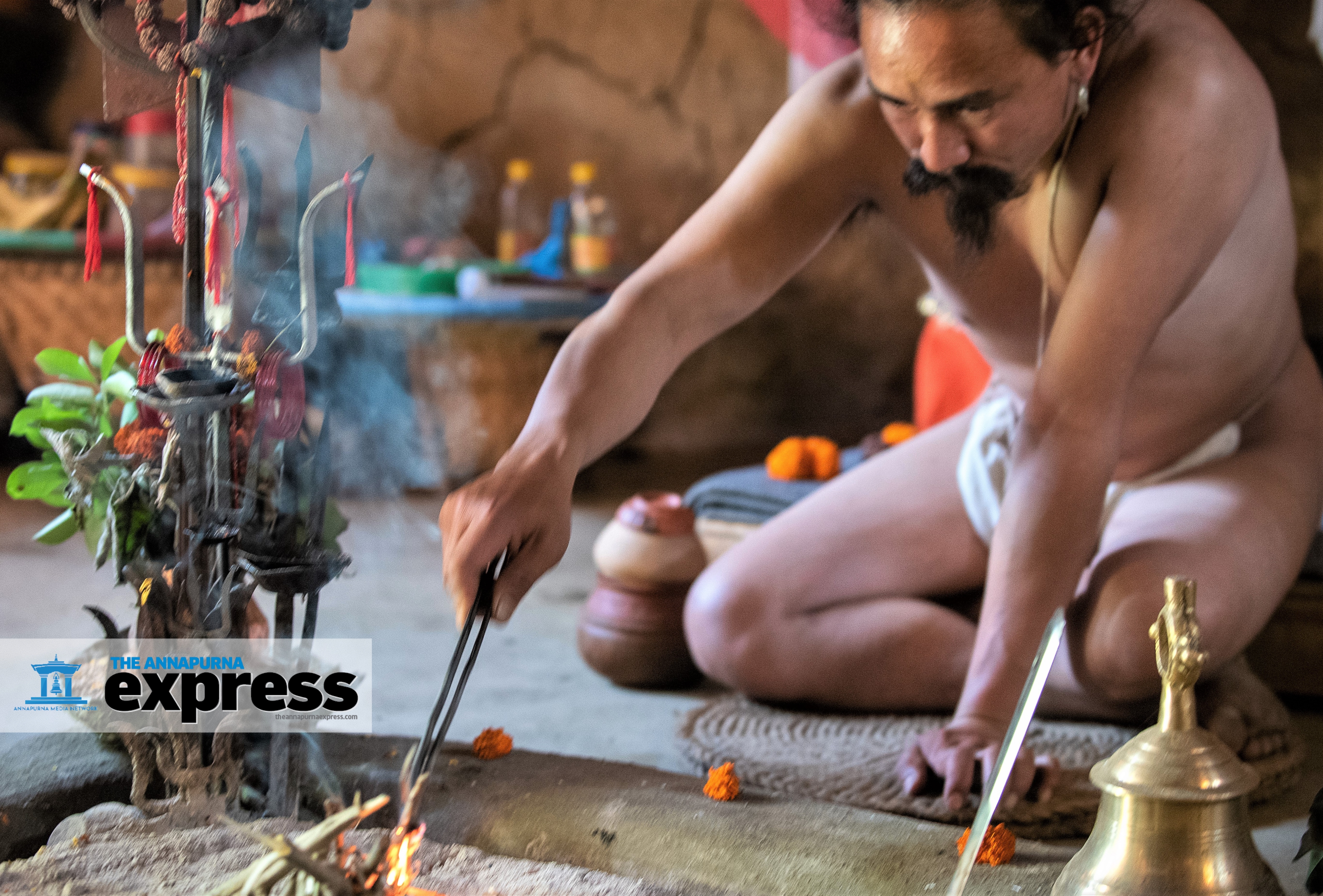
Shri Pancha Satya Sanathan was born to Dhana Bahadur Simha and Jasmati Simha in Jajarkot district of Karnali province 30 years ago. When young, he claims, he was abducted by the then Maoist rebels and taken to Ladakh, India. He recalls the time when he had to eat monkey’s meat with the insurgents in order to survive in the woods. For three years, he remained with the Maoists before returning home at the end of 1998.
“I had my spiritual awakening when I was eight,” he says. He considers his way of life a legacy of his ancestors who, like him, were Maha Siddha Purus (awakened ones).
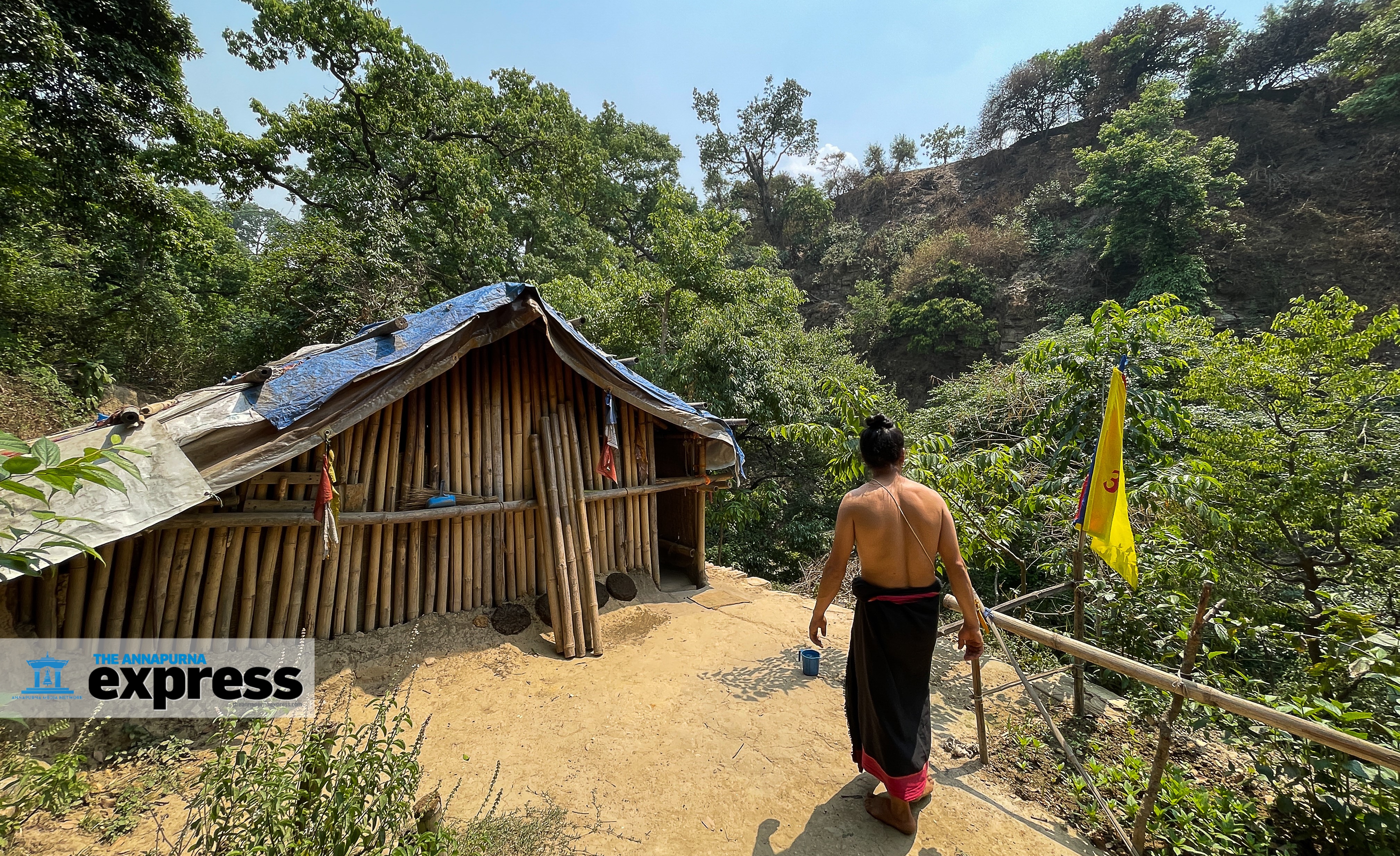
After completing his tenth grade from Durbar High School, he came in contact with Nagar Guru Shri Rama Tripali and Dr Swami Rama Krishna Prapannachrya. For years, he served as their disciple, his spiritual gurus, learning about the Sanatan Dharma. He relinquished his family and all worldly possessions and adopted the name Shri Pancha Satya Sanathan.
“I came to Pashupati when I was 19. Before that I lived in a cave for nearly six years. Most of the time, I meditated,” he says. These days, he spends most of his time in his hut, meditating and performing rituals. In the evening he joins fellow sadhus for dinner. He is a respected figure among his peers—all of them searchers of enlightenment.
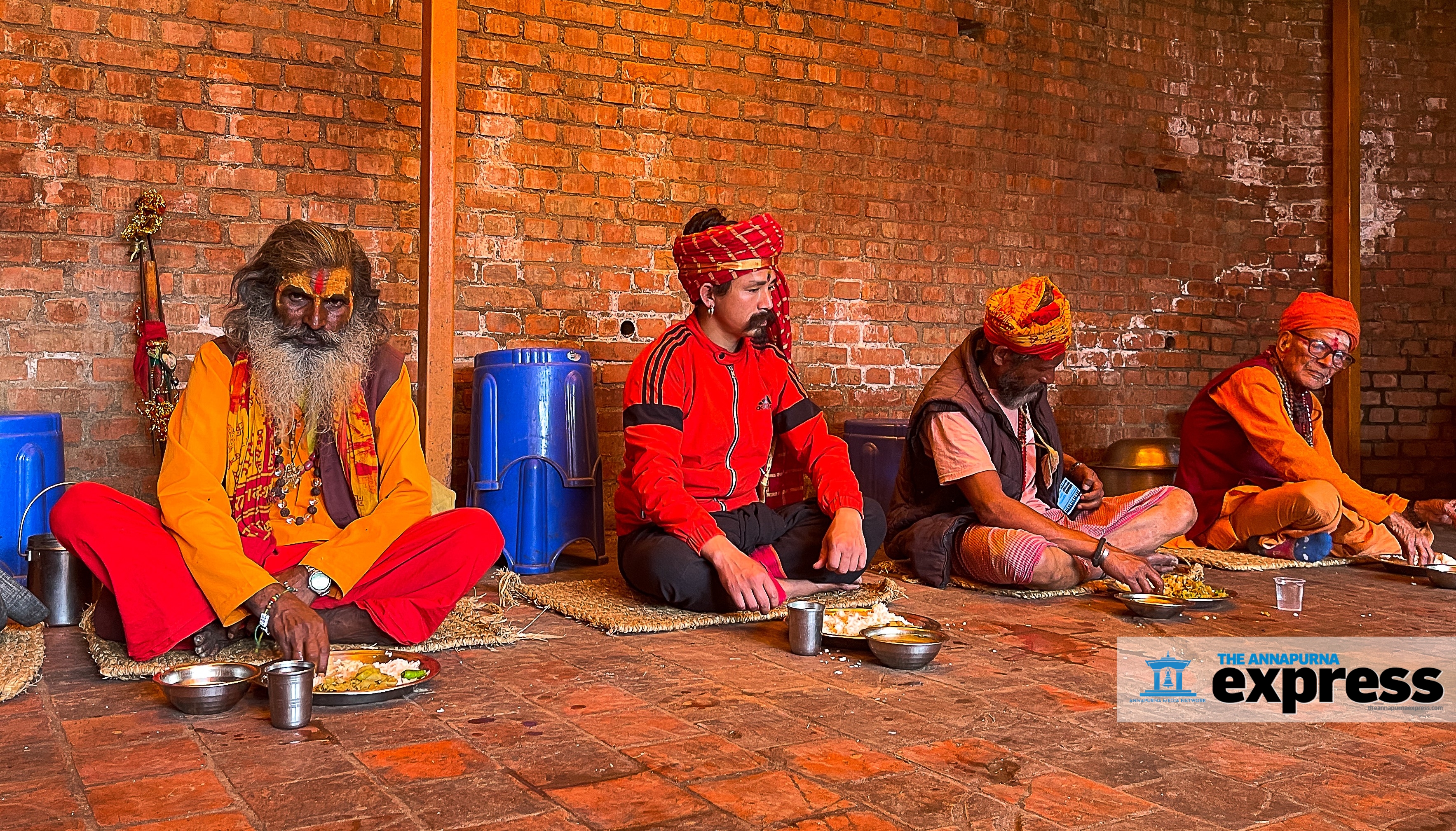
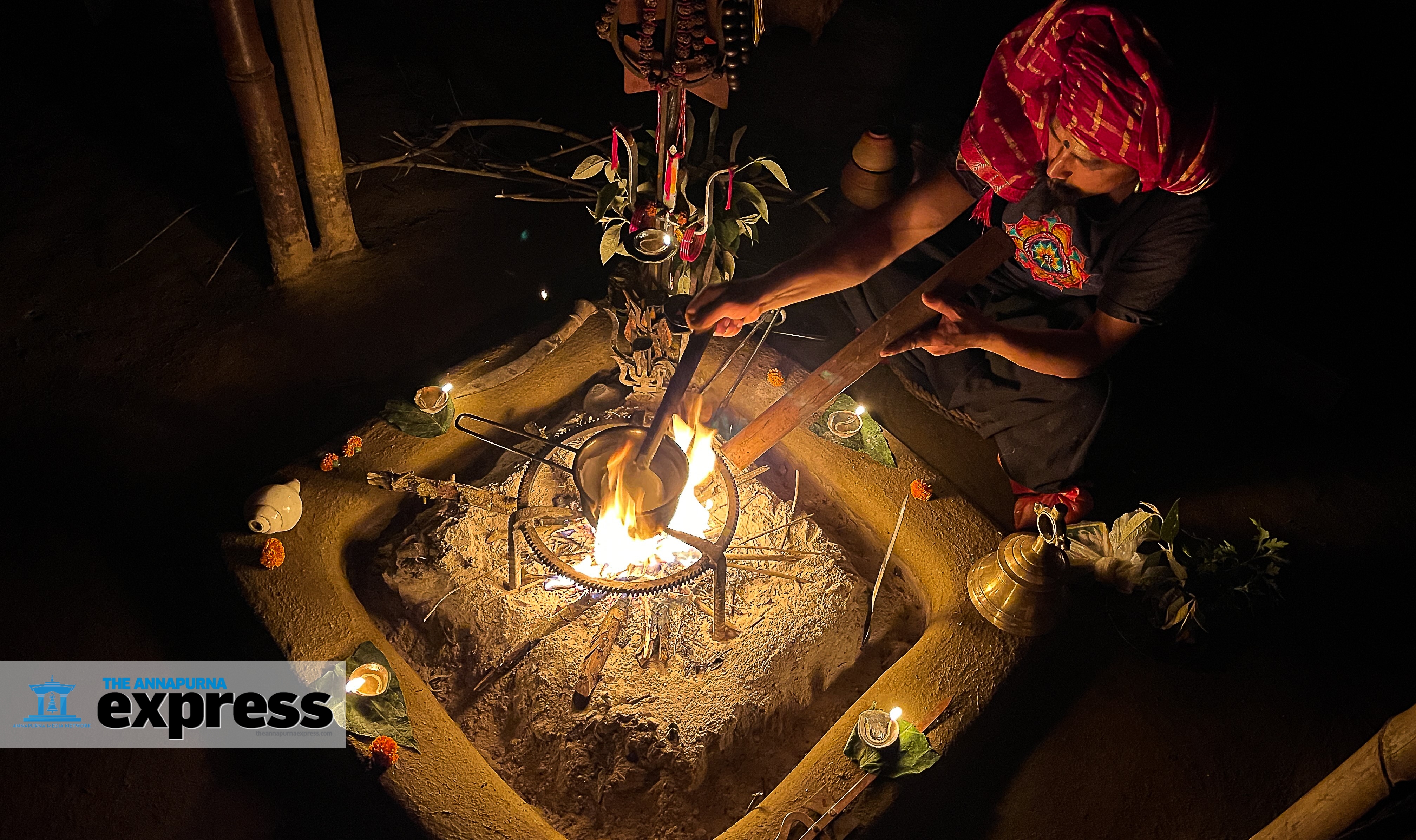
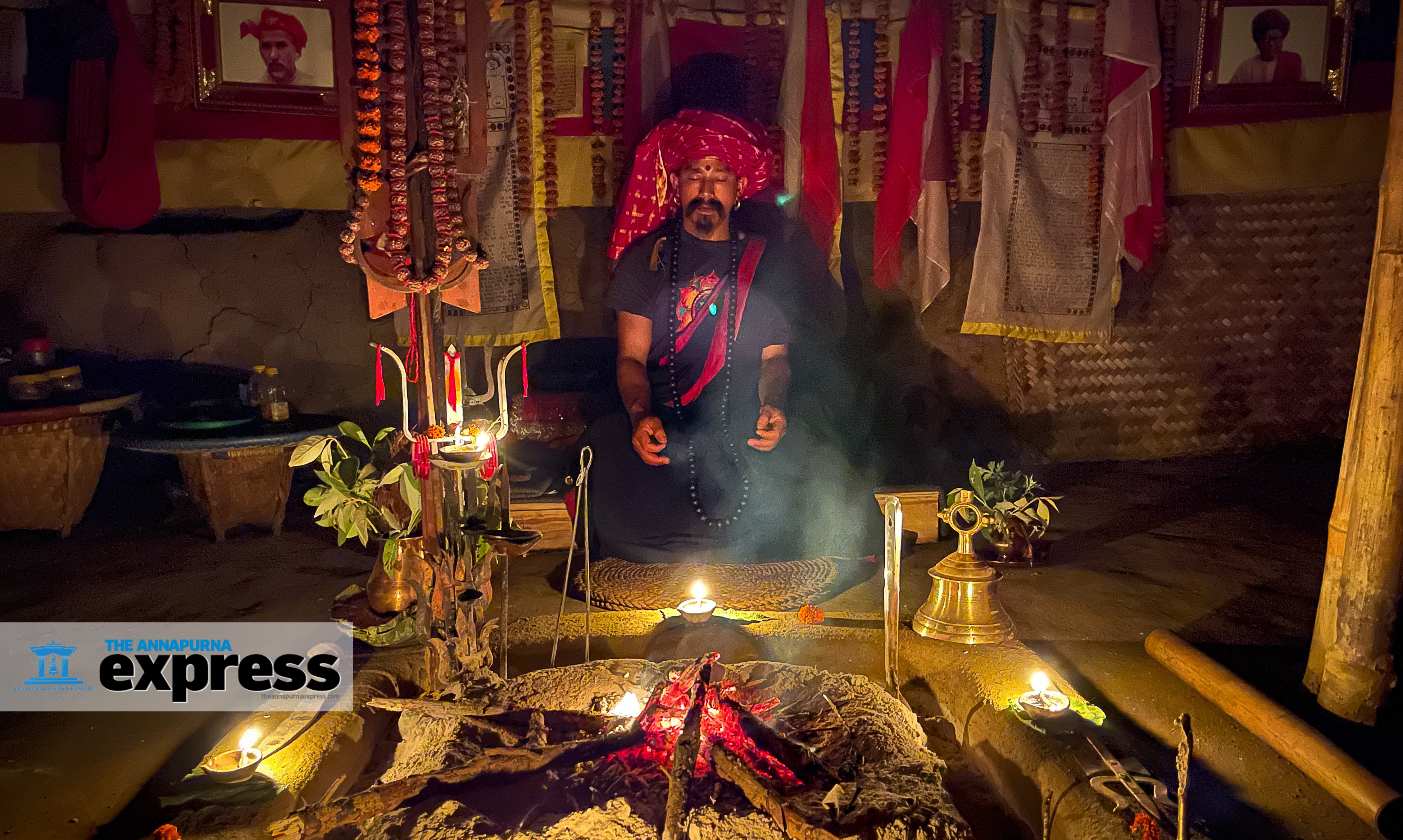
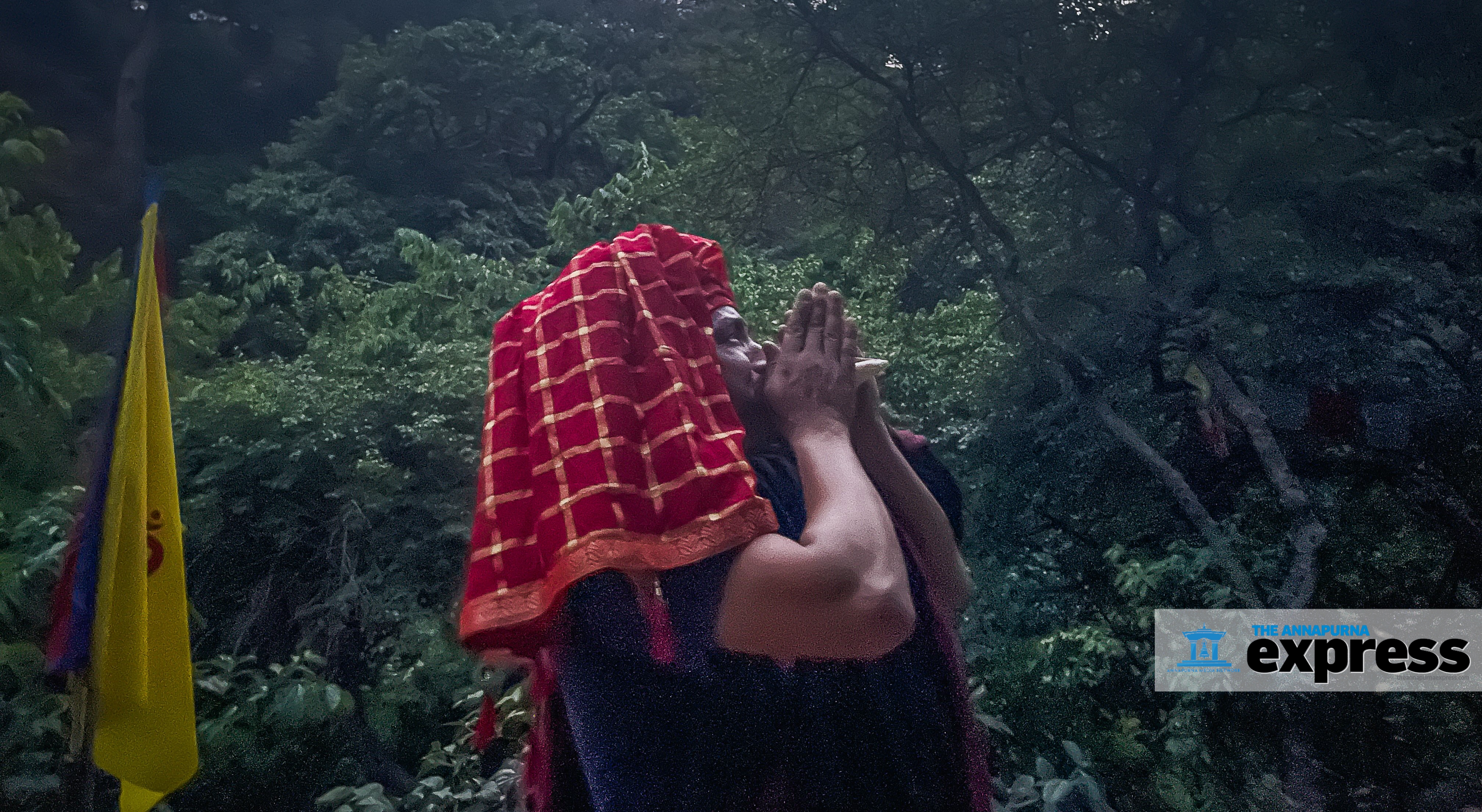
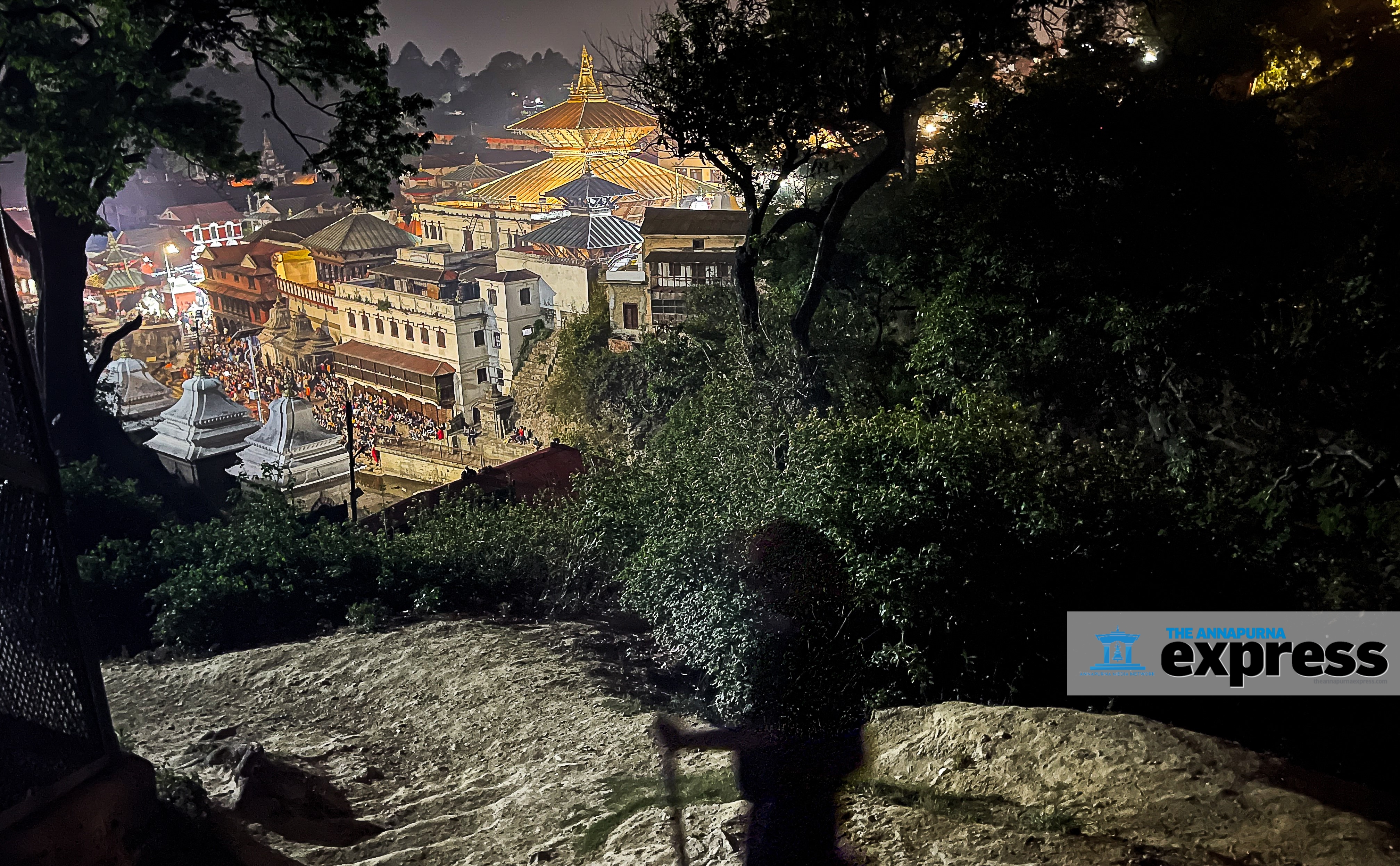
Hemanta Bhandari: Capturing places and cultures of Nepal
The year was 2011 and Hemanta Bhandari was a 11th grade student. For school assignment, his English teacher had asked the class to write an essay about Visit Nepal Year 2011.
In his piece, Bhandari extolled Nepal's mighty mountains, pristine lakes and awe-inspiring nature. Little did he know that one day he would be traveling to the places he had mentioned in his essay.
Bhandari, now 28, is a full-time video content creator and travel vlogger. He visits different parts of Nepal with his team, making informational and entertaining content about places and their journey. The videos are then uploaded on the YouTube channel, ‘Nepal’ 8th wonder of the world.
“The channel is dedicated to promoting popular as well as hidden beauty spots of Nepal,” says Bhandari.
Bhandari was born in Pathari Shanischare of Morang district. He grew up watching nature and travel documentaries on the Discovery channel. Though he always had an interest in nature, he says he never thought of becoming a video creator one day.
In his high school years, he was active on social media. He used to run various Facebook pages that mainly created and posted memes. It was around this time Bhandari also had an idea of starting a page solely dedicated to posting pictures of places of Nepal, clicked by different travelers under the #Nepal8thwonderoftheworld. The page was also called ‘Nepal’ 8th wonder of the world.
"I remember going to cyber cafes just to upload the pictures of Nepal on the page,” says Bhandari. “At home, I used a small Nokia phone to post the photos.”
Bhandari was 18 when he moved to Kathmandu. He had no clue what he would do in the capital city. But since he had a deep interest in nature and traveling, he got a job at a travel agency. After working there for a couple of years, he was hired by an advertising agency.
“At the ad agency, I learned a lot about advertising and sponsorship,” says Bhandari.
In 2018, Bhandari decided to quit his full-time job at the agency and start producing travel videos and post them on YouTube. The project, in a way, was an extension of his Facebook page where he used to post images of Nepal. So he decided to give the same name to his YouTube channel as his Facebook page.
“I was 24 at the time and I decided to take my chances,” says Bhandari.
Through Instagram, he reached out to the individuals who could help him create high-quality videos for his channel. He also roped in some sponsors.
“The Nepal Tourism Board and Honda Nepal were my sponsors from day one,” says Bhandari. "I also had connections with different media who agreed to collaborate with my first expedition."
‘Mad honey hunters of Himalayas’ was the first project that Bhandari brought out in collaboration with ‘4 am Productions’.
The video was a hit and got more than 50,000 views.
“It was the biggest encouragement I could imagine,” he says. “I realized that what I was doing at the time was completely new. There weren’t many travel vloggers that created high-quality content at the time.”
Buoyed by the response, Bhandari formed a permanent team to create content for his channel. They would bring out a new video every month. At present, there are seven full-time workers working for the channel, which has more than 100,000 subscribers.
‘Winter in Manang’ is the most viewed video on the channel with almost 1.4m views. The video shows the lifestyle of the people of Manang during the biting winter cold.
“This has become my life, showing people around the world how beautiful Nepal is and how our people live,” says Bhandari.
It normally takes us 8 to 10 days for the team to shoot one episode.
Besides posting travel videos on YouTube, Bhandari has also set up a website where he and his team post travel blogs and articles.
With his travel videos and documentaries, Bhandari says he wants to promote tourism in Nepal.
“Our plan is to explore unknown places of Nepal and show them to the world,” he says. “I have this deep need for exploration, learning about new places, their people and their culture.”



















